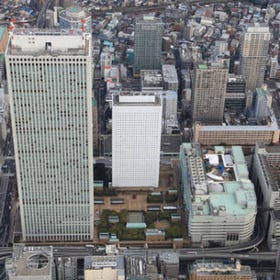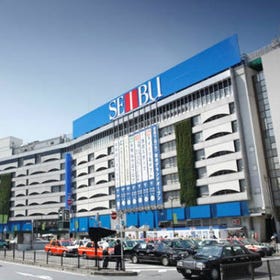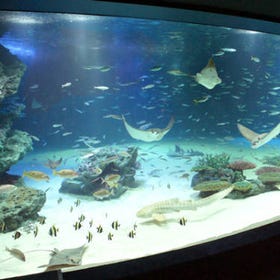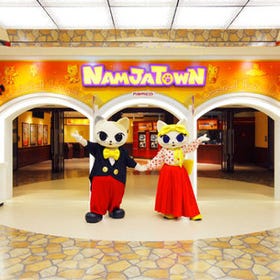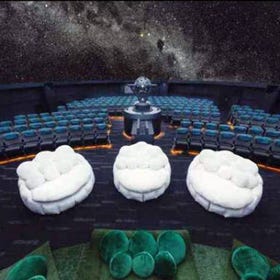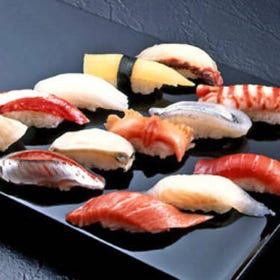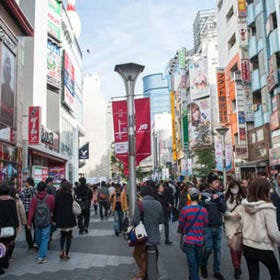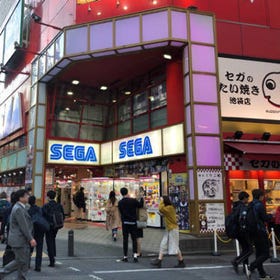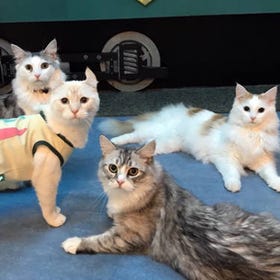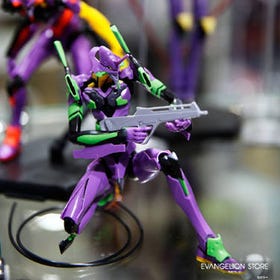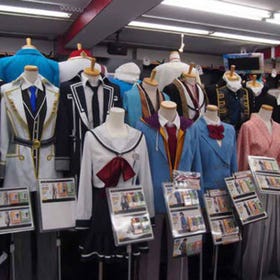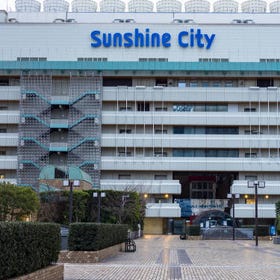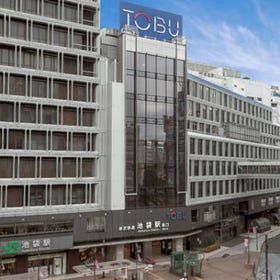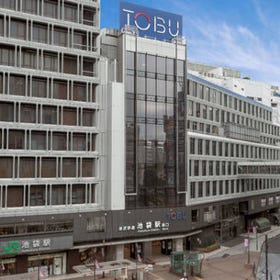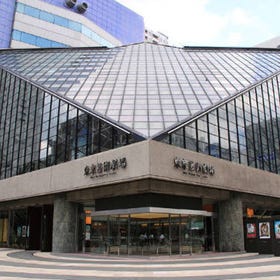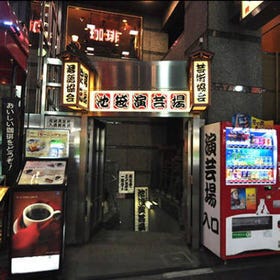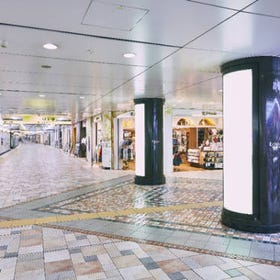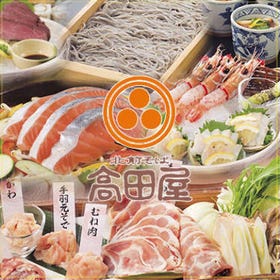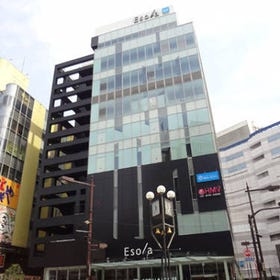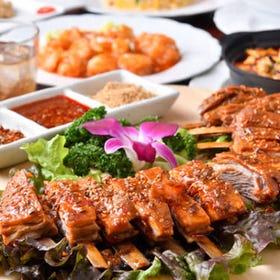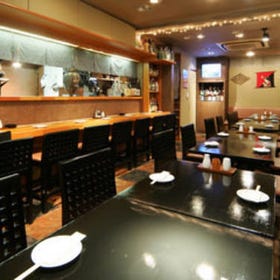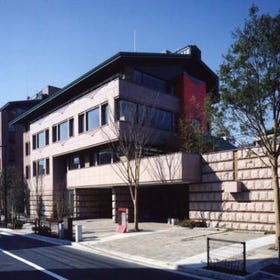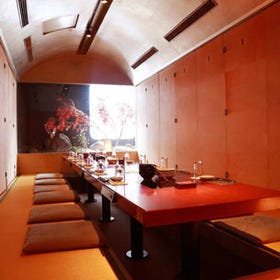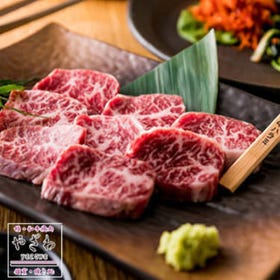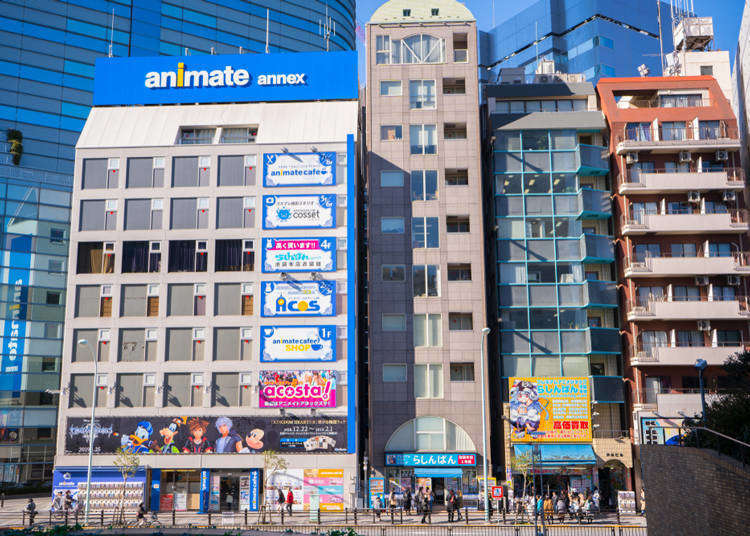
Ikebukuro, known as one of Tokyo's busiest shopping districts alongside Shinjuku and Shibuya, is a place where all different types of food, entertainment and shopping all come together.
In recent years, the area has become increasingly popular as an area with its own unique sub-culture, making it also a popular tourist spot to experience Japanese culture, old and new. No matter how often you come here you will not get tired of Ikebukuro and its many different attractions, so the only real challenge is in deciding where to begin. Whether it's sightseeing, dining, or shopping, these are the 30 reasons you've got to go!
Ikebukuro - vibrance waiting to be discovered
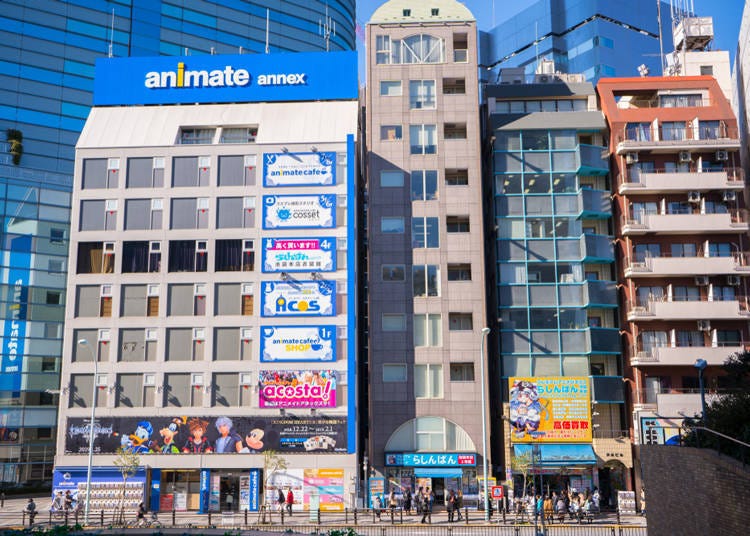
Ikebukuro Station is a major terminal station with a total of 8 train lines carrying a surprising average about 2.6 million people daily. Famous commercial facilities front the station making it a shoppers’ paradise.
To the east stands the landmark Sunshine City which contains an observatory, aquarium and planetarium among its many attractions, while the area to the west is seeing an emergence of art spearheaded by the Tokyo Metropolitan Theatre. In addition to those large-scale facilities, there are also a variety of traditional shops to be found in Ikebukuro. In recent years the Otome Road, once populated by shops dealing with comics and anime goods popular with women, has been attracting attention and has evolved into a subculture Mecca.
This mixture of culture and shops of all types has led to an increase in tourists as well. But popular among students from overseas are the numerous Japanese language schools in Ikebukuro.
Due to a high Chinese population, the area around the North Exit of the station becoming known as a Chinatown. As you can see from the above, a variety of cultures are squeezed into the areas around Ikebukuro Station. To get a really good look at Japanese culture, this is an excellent place to do so.
Unique and interesting spots around the station
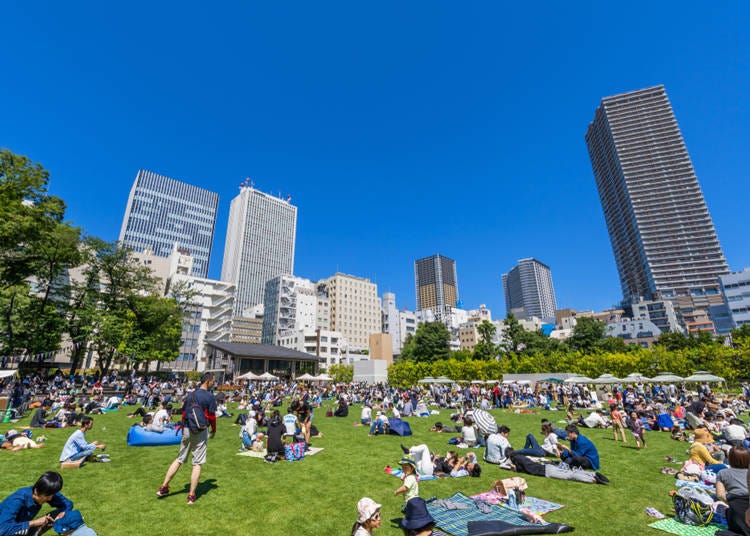
Ikebukuro is a huge terminal serviced by eight different train lines. What is especially interesting is noticing how the atmosphere and character of an area will differ from that of others depending on which side of the station you exit.
Here we will tell you about the special features of each area and recommend where to go and what to see in this wide area marked by the Seibu Department Store outside the East Exit and the Tobu Department Store outside the West Exit.
East Exit for Entertainment
Two major consumer electronics stores, Bic Camera and Yamada Denki LABI 1, are located outside the East Exit where all forms of entertainment that young and old alike can enjoy are to be found. Foremost among these is the landmark Sunshine City.
Yamada-Denki LABI Tax-Free & Special Discount Coupons(10% Tax-Free + Extra 7% OFF)
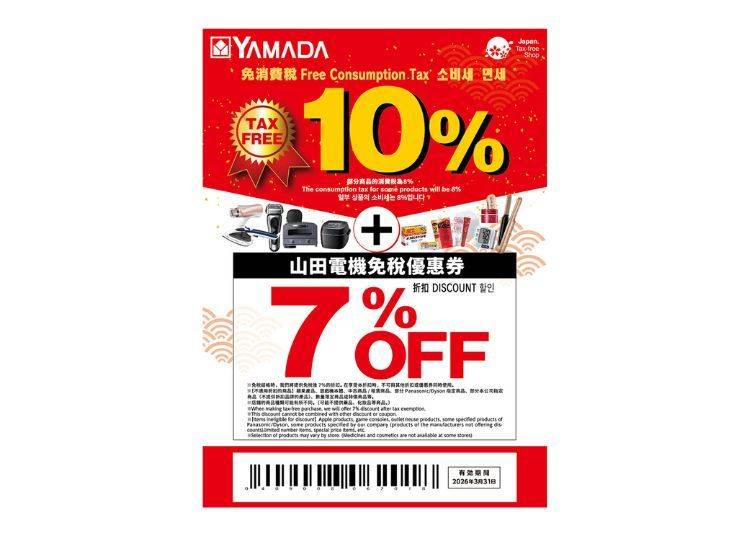

In addition to Sunshine City, there is a huge array of stores and entertainment opportunities lining Sunshine 60 Avenue that runs between Ikebukuro Station and Sunshine City. From the 60-story commercial complex, complete with observation deck, to game centers and indoor theme parks, you'll be surprised by how much you can find!
Furthermore, there is a street near Sunshine City called “Otome Road” [Maiden Road] where there are many shops selling manga, anime-related and cosplay goods that are popular among young women.
Academic atmosphere to the west
The West Exit, where the Tobu Department Store Ikebukuro Main Store is located, is home to the Tokyo Metropolitan Art Theater where many concerts and theater performances are held. In the fall of 2019 the adjacent Ikebukuro West Exit Park will be transformed into Japan's first-ever authentic outdoor theater.
Contributing to the academic atmosphere of this area are the Christian-affiliated Rikkyo [St. Paul's] University, its tree-lined avenue beautifully illuminated during the Christmas season, and Jiyu Gakuen Myonichikan with its beautiful and historic buildings that have been designated as a national Important Cultural Property.
In addition to the Ikebukuro Engeijo, where traditional forms of entertainment such as rakugo [comical storytelling] are performed, there are many places where you can enjoy eating and drinking in a lively atmosphere that typifies the culture of ordinary Japanese people.
Chinatown by the North Exit
Since the 1980s there has been an influx of Chinese to the North Exit area resulting in it becoming a lively Chinatown. It may not look like a Chinatown without the symbolic red and gold gates and like nothing more than an assortment of buildings, but the more than 200 shops located here operated by Chinese and selling Chinese goods as well as numerous Chinese restaurants attests to its authenticity.
Another good indication of the authenticity here is the Chinese food that is served. Rather than cooked to appeal to Japanese pallets, the dishes are just like those you would find in China. Although it is called the “North Exit Area”, the sign at the station reads “Ikebukuro Station West Exit (North)” but don't let that confuse you.
Relaxed retro atmosphere in south Ikebukuro and Zoshigaya
The south side of Ikebukuro Station is a quiet and stylish area popular with young adults. Minami Ikebukuro Park with its spacious and perennial green lawn is an oasis of calm and quiet popular with young couples, families, and the elderly. If you head towards Zoshigaya Station on the Tokyo Arakawa Line, the streets take on a retro feel taking you back to the good old days of Tokyo. The area is dotted with historical temples and shrines as well as stylish cafes and here time seems to go by very slowly. Even though it is located not that far from Ikebukuro Station, its quiet atmosphere will make you forget about the hustle and bustle of the city.
Amazing access and connections to and from Ikebukuro Station
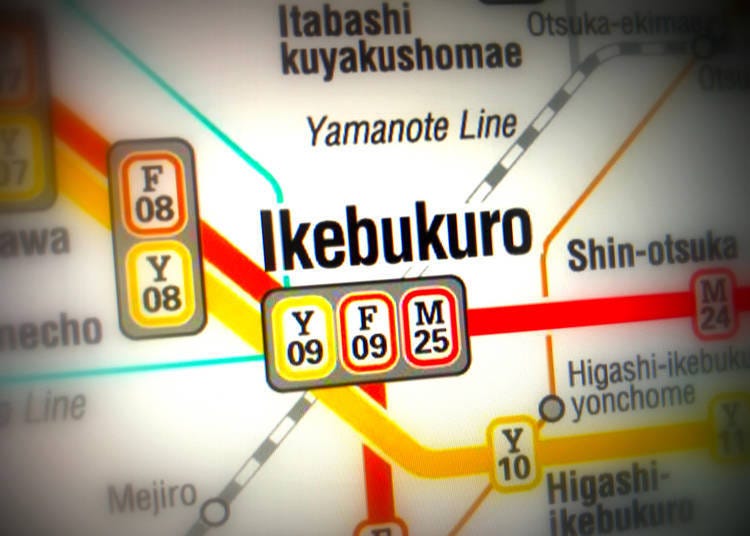
Ikebukuro Station is serviced by the following eight lines, making it easily accessible from anywhere in Tokyo.
- JR Saikyo Line:
- Runs from Osaki Station in Tokyo via Shinjuku Station to Omiya Station in Saitama Prefecture
- JR Shonan Shinjuku Line:
- There are two systems: one that directly connects the Utsunomiya Line running from Tochigi Prefecture to the Yokosuka Line running to Yokohama and Zushi in Kanagawa Prefecture, and the other that directly connects the Takasaki Line running from Gunma Prefecture to the Tokaido Line running to Odawara in Kanagawa Prefecture.
- Tobu Railway Tojo Line:
- Connects Ikebukuro Station with Kawagoe and Yorii in Saitama Prefecture
- Tokyo Metro Marunouchi Line:
- Connects Ikebukuro Station with Ogikubo Station in Suginami City via Tokyo Station, Ginza Station, and Shinjuku Station
- Tokyo Metro Yurakucho Line:
- Goes to Wakoshi Station in Saitama Prefecture from Shinkiba Station in Koto City via Tsukishima Station and Yurakucho Station
- Tokyo Metro Fukutoshin Line:
- Connects Shibuya Station with Wakoshi Station in Saitama Prefecture
Not only is Ikebukuro easily accessible from pretty much anywhere in Tokyo center, but also from the entire Tokyo metropolitan area - including Saitama and Kanagawa!
This downtown area is centered on a huge terminal station alongside Shinjuku and Shibuya, but Ikebukuro has the unique feature of having easy access between the east and west exits - something you might find difficult in the other two huge stations! The avenues are also relatively wide, so getting around each area is less stressful.
When visiting Tokyo, a walk around Ikebukuro will enable you to experience various kinds of Japanese culture. It's a city so full of charm that you will need more than a day to see it all.
Written by: Yoko
*Prices and options mentioned are subject to change.
*Unless stated otherwise, all prices include tax.
Popular Tours & Activitiess
Recommended places for you
-

New Seibu L00 Series Launching in 2026! What to See Along the Tokyo-Area Golden Route
by: Guest Contributor
-

The Best Japanese Food Representing 2025! 'Dish of the Year®' Annual Award Results Announced
-

[Extended Offer!](12% OFF KKday Coupon) Mt. Fuji Autumn Leaves, Powder Snow & More! 15 Best Tours to Experience Japan in Fall & Winter
-

Simply Oishii Wagashi School Discover Japanese Culture Through Wagashi: A Hands-On Experience!
by: Guest Contributor
-

How to Get Don Quijote's Exclusive 2025-2026 Winter Gift (+Tax-Free Savings)
-

Keisei × Keikyu 16-Temple Goshuin Tour: Discover Deeper Tokyo & Yokohama
by: Guest Contributor
Inspiration for Accommodations
-

Enjoy Mt. Fuji from the Comfort of Your Room! Recommended Ryokan with Mt. Fuji View
-

Stay Near the Cherry Blossoms! Hotels for Cherry Blossom Viewing in Tokyo
-

Family-Friendly Hotels with Free Shuttle to Disneyland: Convenient Access for a Magical Stay
-

Top Ranked Hakone Hotels with Mt. Fuji View: Enjoy Stunning Scenery from Your Private Space
-

Convenient Tokyo Hotels with Airport Shuttle: Ideal for Families and Heavy Luggage
-

Stunning Tokyo Tower View Hotels: Enjoy Spectacular Scenery from Your Private Space
-

Convenient Asakusa Hotels with Kitchens: Ideal for Extended Family Visits
-

Experience Luxury: Hakone's 10 Best Five-Star Accommodations
-

Enjoy Mt. Fuji Autumn Leaves! Top Hotels Near the Popular Autumn Leaves Corridor
-

Experience Hakone Fall Foliage from Your Room with Stunning Views
-

Brand New Baths! Top 4 New Bathhouses in and Around Tokyo 2024
by: Cassandra Lord
-

Asakusa Ojima: Experiencing Edo Kiriko Glass Cutting at a Traditional Family Workshop in Asakusa
-

The Best of Japan: 11 Major Cities Every Traveler Should Visit
-

Numazuko Kaisho in Ueno: Good Quality, All-You-Can-Eat Seafood for Just US$12!?
-

JR Edition: Visit all of Tokyo in one Day with the Tokyo Metropolitan District Pass!
-

Buyers Guide: 9 Top-Selling Quality Japanese Cosmetics For Under $15!
- #best ramen tokyo
- #what to buy in ameyoko
- #what to bring to japan
- #new years in tokyo
- #best izakaya shinjuku
- #things to do tokyo
- #japanese nail trends
- #what to do in odaiba
- #onsen tattoo friendly tokyo
- #daiso
- #best sushi ginza
- #japanese convenience store snacks
- #best yakiniku shibuya
- #japanese fashion culture
- #best japanese soft drinks













